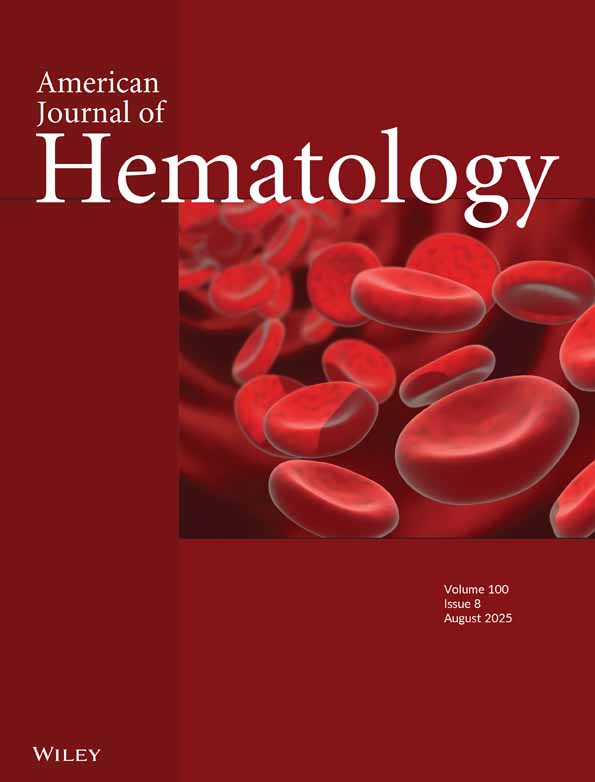Priapism complicating chronic granulocytic leukemia
Abstract
Since 1952 we have seen nine patients with priapism leading to a diagnosis of chronic granulocytic leukemia (CGL) and a tenth patient who gave a history of priapism when CGL was diagnosed as a result of other symptoms. Seven patients had had one or more transient episodes of prolonged erection before the diagnosis of CGL was established. All ten had high blood leukocyte counts (mean 380 × 109/liter, range 186-782) in comparison with other newly diagnosed patients. We estimate the incidence of this complication at 1%–2% of all male patients presenting with CGL. Treatment of patients in this series varied greatly. Five patients were treated mainly by local measures with or without cytotoxic drugs at conventional dosage, three were treated by sapheno-cavernous bypass operations and leukapheresis followed by cytotoxic drugs at high dosage, and two were treated initially by leukapheresis alone. In general, the prompt initiation of measures designed to reduce the leukocyte count seemed more valuable than the surgical procedures employed in these patients.




